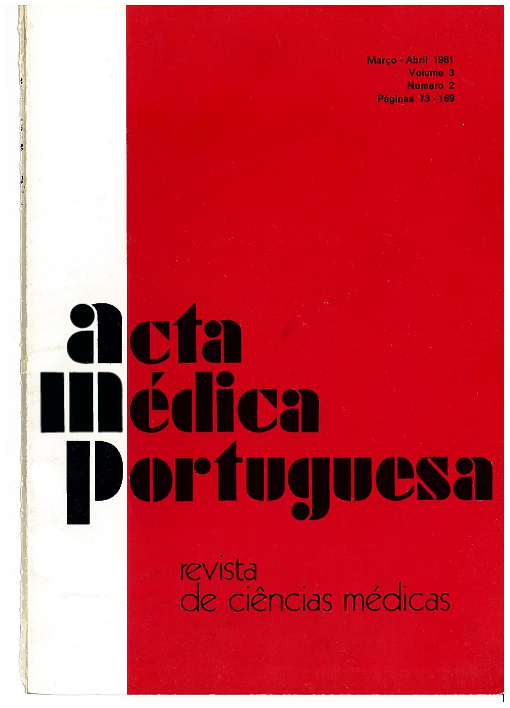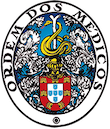Hereditary brachydactyly with nail aplasia.
DOI:
https://doi.org/10.20344/amp.3876Abstract
Os autores descrevem e iniciam o estudo de um tipo invulgar de braquictilia hereditária com anoníquia congénita acompanhada de discreta, mas manifesta, alteração da morfologia externa do nariz, verificada numa família portuguesa natural e residente na aldeia de Faro do Alentejo, no concelho de Cuba. A descrição da referida família é baseada no estudo de 6 gerações. Foram encontrados 8 membros da família com ausência das falanges distais de todos os dedos das mãos e pés e anoníquia completa dos mesmos, enquanto que 4 outros membros possuem alterações semelhantes menos acentuadas, constituindo assim casos de menor expressividade. Os autores discutem os critérios de classificação desta anomalia esquelética de expressividade variável, alta penetrância e transmissão autossómica dorninante, que admitem enquadrar-se no tipo B de Bell. Trata-se do primeiro caso descrito em Portugal e é indiscutivelmente urna situação raramente encontrada na literatura mundial. Algumas características desta família portuguesa não se encontram nos casos anteriormente citados o que, quanto a nós, lhe confere um interesse particular nomeadamente no que se refere à sua etiopatogenia.
Downloads
Downloads
How to Cite
Issue
Section
License
All the articles published in the AMP are open access and comply with the requirements of funding agencies or academic institutions. The AMP is governed by the terms of the Creative Commons ‘Attribution – Non-Commercial Use - (CC-BY-NC)’ license, regarding the use by third parties.
It is the author’s responsibility to obtain approval for the reproduction of figures, tables, etc. from other publications.
Upon acceptance of an article for publication, the authors will be asked to complete the ICMJE “Copyright Liability and Copyright Sharing Statement “(http://www.actamedicaportuguesa.com/info/AMP-NormasPublicacao.pdf) and the “Declaration of Potential Conflicts of Interest” (http:// www.icmje.org/conflicts-of-interest). An e-mail will be sent to the corresponding author to acknowledge receipt of the manuscript.
After publication, the authors are authorised to make their articles available in repositories of their institutions of origin, as long as they always mention where they were published and according to the Creative Commons license.









